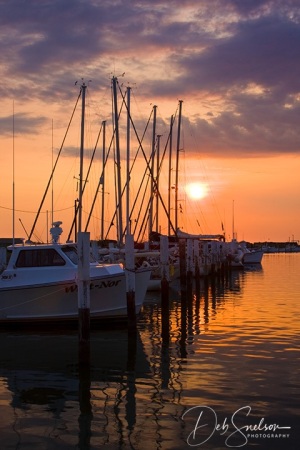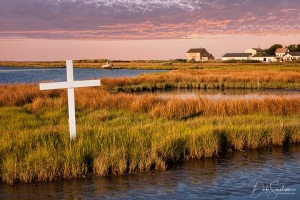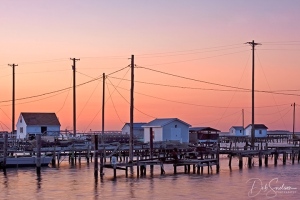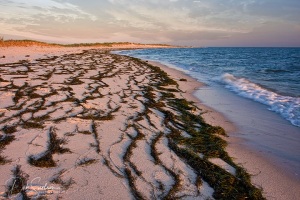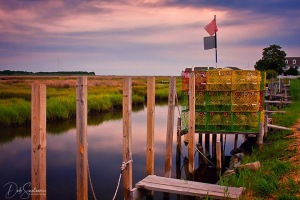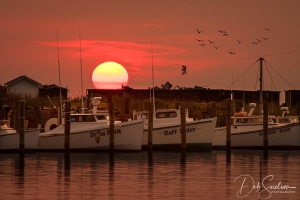(The Pandemic of 2020 put a stop to my traveling for photography and I found myself either working on projects unrelated to photography or in a fog of unproductivity. Finally at the start of 2021 I discovered some photos were missing from my galleries which pulled me back to my passion. I pulled out some old external drives to locate the photos and found photos from 2008 to 2011 that preceded the start of the website. My photos from Tangier Island fall into this category.)
Tangier Island in the Chesapeake Bay is gradually shrinking due to erosion and sea level rise caused by global warming. The island features sandy ridges divided by marshes and tidal streams. Including the surrounding marshes, Tangier Island totals less than 740 acres, but only 83 acres are high enough for habitation. The highest point of land is barely 4 feet above sea level, and about 9 acres of Tangier shoreline are estimated to erode into the Chesapeake each year. Much of the remaining landmass is expected to be lost in the next 50 years and the town will likely need to be abandoned. Because of the low ground, gravesites are shallow and therefore have crypts that protrude above ground.
The population in 2010 was 727. The people who came to settle the island permanently arrived in the 1770s and were farmers. In the late 19th century, the islanders began to become more dependent on harvesting crabs and oysters from the Chesapeake Bay. Tangier is often referred to as the “soft-shell crab capital of the world”. The famous Maryland Blue Crabs are harvested here, and the best Maryland Crab Cakes can be found on neighboring Smith Island, Maryland.
Tangier Island is reached by ferry from Crisfield, Maryland and in the summer from Reedsville, Virginia and Onancock, Virginia. While there may be some vehicles on the narrow roads, most tourists and islanders use golf carts, boats, mopeds, and bikes, or just walk. Many people who live on Tangier speak a distinctive dialect of American English. While it may sound like a British variety of English, the dialect is a distinct creation of its own time and place, preserving certain features of its British origins in part due to isolation from the mainland.
Tangier Island is listed on the National Register of Historic Places. The photos below were taken in 2011, ten years ago.
